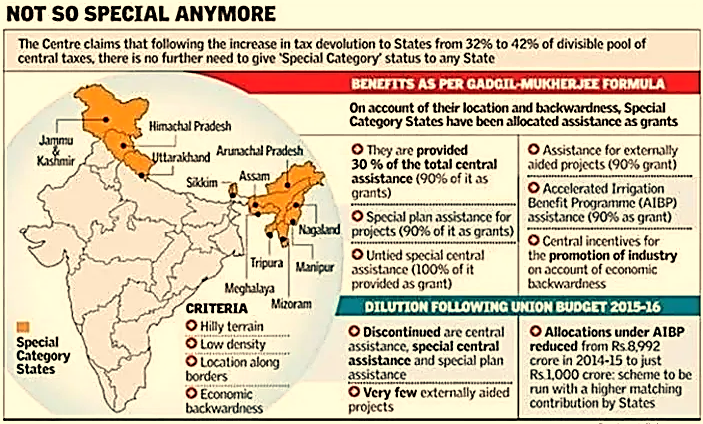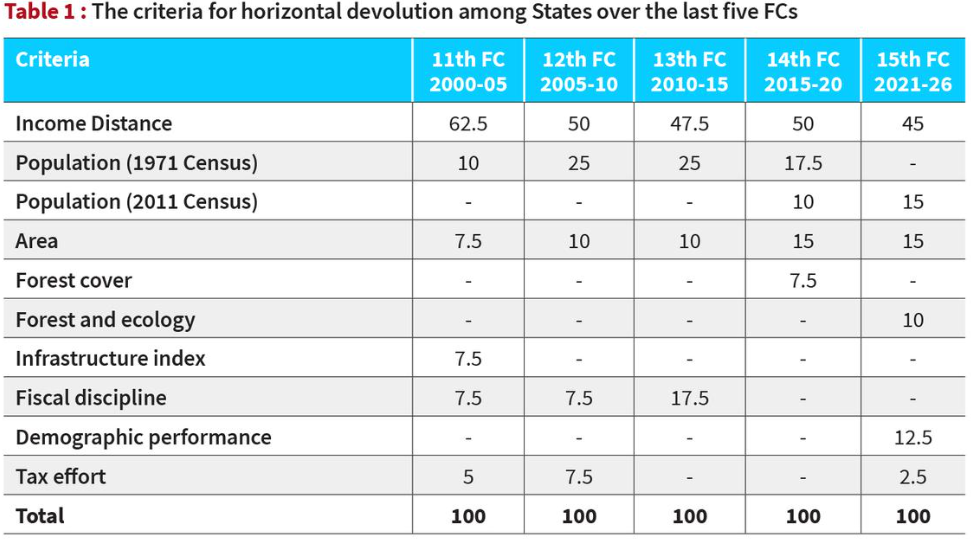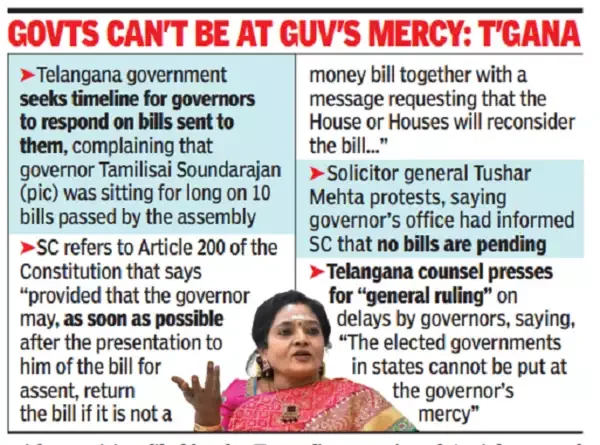
Fire safety rules
Subscribers of "Current Affairs" course can Download Daily Current Affairs in PDF/DOC
Subscribe to Never Miss an Important Update! Assured Discounts on New Products!
Must Join PMF IAS Telegram Channel & PMF IAS History Telegram Channel
- Context (TH): Recent fire tragedies at Gujarat’s Rajkot and a children’s hospital in Delhi have shifted the spotlight on fire safety regulations.
- According to the latest Accidental Deaths and Suicides in India (ADSI) report released by the National Crimes Records Bureau (NCRB), as many as 7,435 people were killed in over 7,500 fire accidents in 2022.
Fire safety regulations
National Building Code (NBC)
- The National Building Code (NBC) serves as the central standard for fire safety in India.
- It was published by the Bureau of Indian Standards (BIS) in 1970 and last updated in 2016.
- NBC mentions that while absolute fire safety is not attainable in practice, specifies measures can be taken to provide the degree of protection from fire that can be “reasonably achieved.”
- NBC is a “mandatory requirement” for State governments to incorporate into their local building bylaws.
|
Provisions
- Instructions on fire safety are detailed under Part 4 of the Code, which deals with safety from fire.
- The Code specifies the demarcation and restrictions on the construction of buildings in fire zones.
- Buildings are classified based on occupancy into nine groups.
- E.g., hotels are under Residential ‘Group A’ & hospitals are under Institutional ‘Group C’.
- It mentions the type of material to be used in construction to reduce the threat of destructive fires and minimise the danger to life before evacuation can take place.
- The Code outlines maximum height, floor area ratio, open spaces, and provision of openings in walls and floors to prevent the spread of fire.
- It includes guidelines related to electrical installations and materials. It adds that all metallic items should be adequately bonded to the earthing system.
- The Code mentions in detail the types of exit access, exits, escape lighting and exit signage.
- It further recommends technologies that can be incorporated into the system in case of a fire, like automatic fire detection and alarm systems.
- Model Building Bye Laws 2016
- These, issued by the Ministry of Housing and Urban Affairs, guide the States and UTs in drafting their respective building bylaws.
- The Model also prescribes norms for fire protection and safety requirements.
National Disaster Management Authority (NDMA) guidelines
- NDMA has also laid out guidelines on fire safety at homes, schools and hospitals.
- Along with elements of the NBC, the NDMA mentions instructions on maintaining minimum open safety space, protected exit mechanisms, dedicated staircases, and crucial drills to carry out evacuations.
Challenges
- No uniformity: Despite fire safety rules in all states, uniform safety legislation does not exist.
- Recommendatory nature of NBC: Provisions are frequently ignored at the local level.
- Exemptions in code: The Code itself mentions that in case of “practical difficulty or to avoid unnecessary hardship, without sacrificing reasonable safety, local head, fire services may consider exemptions.”
- Underutilised fire safety audits: Failure of local bodies to conduct regular checks and enforce compliance under fire safety audits.
- Understaffed local bodies: Shortage of staff exacerbates the issue, leading to the tragic loss of lives, as in the Rajkot game zone and Delhi hospital fires.
- Learning from the past: In 2020, the National Institute of Disaster Management (NIDM) mentioned in a report on “Fires in India: Learning Lessons for Urban Safety’ (2020)” that apathy of the authorities in taking any action has clearly indicated that little has been learnt from the previous fire outbreaks.
Suggestions under NIDM report
- Ensuring compliance: Compliance with the building bylaws and planning norms can easily avoid such deadly incidents.
- For instance, in the Rajkot case, the accused defied the norms by setting up a 50-metre wide and 60-metre long structure with a height of around two-storey building using metal sheet fabrication.
- According to the FIR, the accused had not obtained a no-objection certificate (NOC) from the local fire department and did not even have proper fire-fighting equipment.
- Regular, not reactive, measures: Regular fire audits and necessary action are needed.
- Community resilience: Building community resilience can also be helpful in avoiding this disaster.
Note: This topic is also important for ethics case studies.




![PMF IAS Environment for UPSC 2022-23 [paperback] PMF IAS [Nov 30, 2021]…](http://pmfias.b-cdn.net/wp-content/uploads/2024/04/pmfiasenvironmentforupsc2022-23paperbackpmfiasnov302021.jpg)











